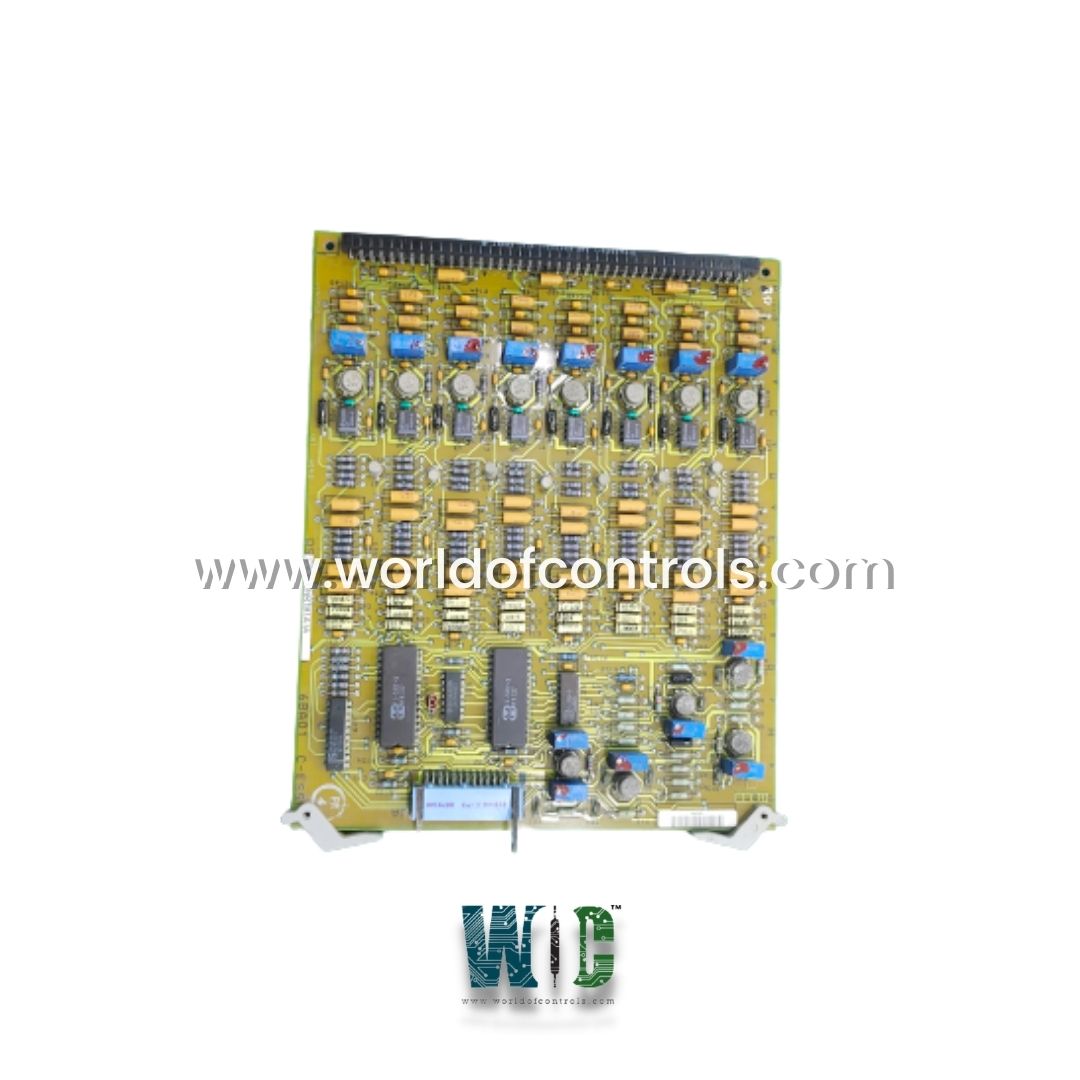
World Of Controls understands the criticality of your requirement and works towards reducing the lead time as much as possible.
DS3800NRTB - RTD Conditioning Card is available in stock which ships the same day.
DS3800NRTB - RTD Conditioning Card comes in UNUSED as well as REBUILT condition.
To avail our best deals for DS3800NRTB - RTD Conditioning Card, contact us and we will get back to you within 24 hours.
Part Number: DS3800NRTB
Manufacturer: General Electric
Series: Mark IV
Product Type: RTD Conditioning Card
Availability: In Stock
Country of Manufacture: United States (USA)
DS3800NRTB is an RTD Conditioning Card manufactured and designed by General Electrics. It is a part of the Mark IV Series used in Speedtronic Gas Turbine Control Systems. Ensures the system's precision in regulating temperature-sensitive processes, contributing to the overall reliability and efficiency of the turbine. This card performs signal conditioning, including amplification and conversion, to convert the low-level resistance signal from the RTD into a more usable form for the system.
WOC is happy to assist you with any of your GE requirements. Please contact us by phone or email for pricing and availability on any parts and repairs.
What is DS3800NRTB?
It is an RTD Conditioning Card manufactured and designed by General Electrics.
What is a Signal Conditioning Board?
A Channel Isolated Analog Signal Conditioning Board ensures accurate, noise-free signals for reliable system performance. It protects sensitive equipment from electrical interference, extends system life, and reduces the impact of EMI and ground loop issues. The board is cost-effective, lowering installation costs by eliminating the need for complex grounding and shielding. It is also versatile, and compatible with various analog input devices like sensors, transducers, and transmitters.
What types of signals does a Channel Isolated Analog Signal Conditioning Board work with?
This board works with voltage signals (0-10V, 4-20mA), current signals (4-20mA, 0-20mA), RTD signals for temperature, thermocouple signals for high temperatures, and strain gauge signals for force or pressure measurements.